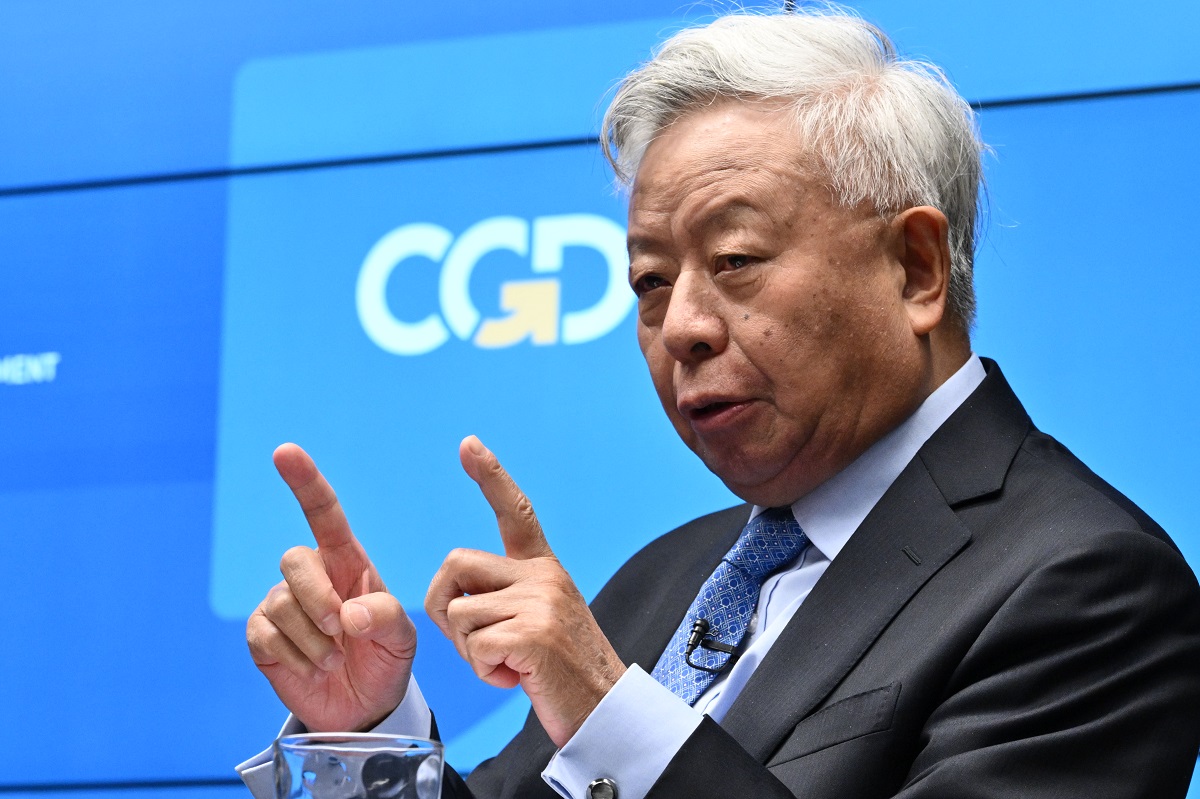A new GAO Report on international food security (International Food Security: Insufficient Efforts by Host Governments and Donors Threaten Progress to Halve Hunger in Sub-Saharan Africa by 2015) gets it almost completely right when it points to the feeble, self-defeating, and confused U.S. policies on world hunger. The report diplomatically states:
The efforts of host governments and donors, including the United States, to achieve the goal of halving hunger in sub-Saharan Africa by 2015 have thus far been insufficient.
The GAO is far too kind. U.S. and other donor hunger policies have been disastrous, as demonstrated by the current food price crisis. The sub-title of the GAO's Report says progress to cut hunger is
threatened by these donor mistakes. In fact, as the GAO itself points out, there is NO progress in reducing world hunger! When I worked for the U.N. Food and Agriculture Organization 10 years ago, the number of hungry people in the world was estimated at 842 million. Today it is the same, or slightly more, and the number in Africa has risen.The GAO lists specific problems with U.S. and other donor's policies on international food security. They are:
- Donor assistance to agriculture has not been well coordinated; and in the U.S. in particular, the approach is fragmented across agencies.
- Measuring and monitoring hunger in the world have been poorly done.
- U.S. policy has emphasized short-term emergencies and provided limited resources for agricultural development.
In short, food security and agriculture development have been low priorities of donor governments, despite long-standing pledges to the contrary. This GAO Report (remarkably well-timed, which has not always been a hallmark of the GAO in the past) provides solid evidence that donors must share the blame for the current food crisis due to ineffective and insufficient donor support for agriculture and food security.The drivers on both the demand and supply sides that have pushed basic commodity prices to new peaks are hardly new, and shouldn't be surprising. On the demand side, gradual but long-term increases in income and population have stimulated demand for animal-based products (meat and dairy) which in turn stimulates demand for feed grains. These pull factors have been augmented by the diversion of some grains into bio-fuel production. On the supply side, except for the recent sharp increases in oil prices, the factors tightening supply have been underway for years: weather-related drops in production, declining inventories, land and water resource constraints and lack of productivity growth in agriculture due to lack of capital investments. The point is that most of these factors were predictable, and many were preventable. Amartya Sen is still right that famine in modern times is attributable to poor policies.The GAO report shines a welcome spotlight on the role of donors -- and the U.S. in particular -- in the current food crisis. It points toward specific remedies that are needed to ameliorate a hunger emergency that could possibly have been prevented with better policies and better investments by development agencies. Let's hope someone is paying attention.
CGD blog posts reflect the views of the authors, drawing on prior research and experience in their areas of expertise.
CGD is a nonpartisan, independent organization and does not take institutional positions.



